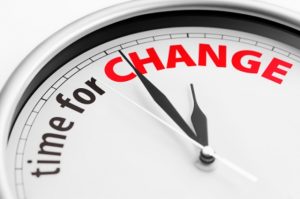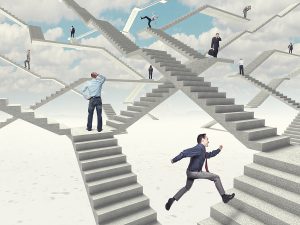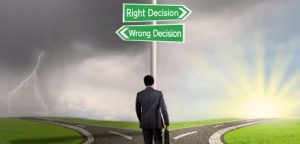
How Smart Leaders Effectively Lead and Manage Change
Innovation calls for disruption. Disruption leads to change, and sometimes, uncertainty. That’s why smart leaders develop the skills and behaviors necessary to effectively lead and

Innovation calls for disruption. Disruption leads to change, and sometimes, uncertainty. That’s why smart leaders develop the skills and behaviors necessary to effectively lead and

I work with a lot of great organizations, and I mean the best. Leaders in these organizations are experts in competitive analysis, customer service, gaining

From what I see in the organizations where I consult, there’s an urgent need to understand leadership personality. Today―and especially for the future―we need leaders who can

I think we can all agree: companies can no longer be impersonal buildings where employees show up each day, carry out their duties and shut

In my work as a coach, I have found that most middle managers and top executives (CFOs, COOs and some CEOs) have developed the skills

If you can’t be a good example, then you’ll just have to be a horrible warning. ~ Catherine Aird As a leader, making sound decisions

As a leader, what has been your greatest obstacle to making sound decisions? Was it an external event? Or was it an internal struggle? Like

Even in the best circumstances, leadership requires courage. We’ve all seen how doubt, insecurity and fear make organizational challenges more difficult and, in extreme cases, insurmountable.

An organization’s health is only as sound as its leader’s decisions. Some companies prosper from wise leadership directions, while others struggle after flawed choices—choices that

How a leader responds to adversity reveals how effective that leader truly is. Reactions to setbacks or crises not only test leadership character but define

Business is an active, demanding endeavor. Only those who consistently apply themselves succeed. Organizations that thrive require leaders who actively dream, plan, engage, solve, pursue,

Surveys and studies indicate global job dissatisfaction is at a two-decade high. Disengaged employees account for nearly 70 percent of the workforce, which significantly affects







